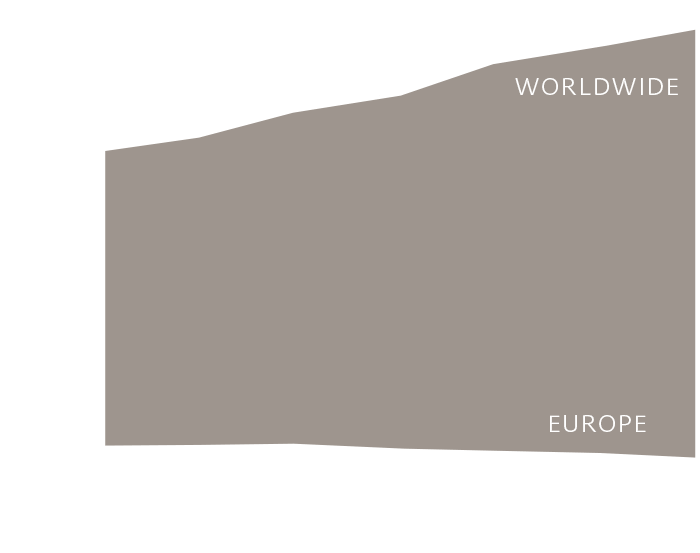
High-tech plastics
Less CO₂ in natural gas
High-tech membranes help to exploit natural gas fields with a high CO₂ content.

Hydrogen peroxide
Peroxide Power
Hydrogen peroxide has long powered innovative applications in chemistry—now it’s also an environmentally friendly propellant for rockets.

Carbon
The new formula C4
Absolutely unique: Evonik is using an award-winning purification process to make the refinery byproduct FCC-C4 a useful raw material.

In my element
“My fate depends on hydrogen”
Kurt Frieden likes to get carried away through the air by hydrogen – the lightest element on earth.
ELEMENTS Newsletter
Get fascinating insights into the research Evonik is conducting, and its social relevance, by subscribing to our free newsletter.


